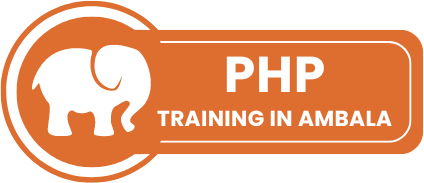If you have ever thought about building a website or learning web development, the first term you will come across is HTML. But what exactly is HTML? Why is it used? And how important is it in the world of web development?
In this post, we will explore everything you need to know about HTML – from its definition and purpose to its real-world uses. Whether you are a student, a beginner in coding, or simply curious about how websites are made, this guide will help you understand the value of learning HTML.
What is HTML?
HTML stands for HyperText Markup Language. It is the standard language used to create and structure content on the web. In simple words, HTML is the building block of all websites. It tells your web browser (like Chrome, Firefox, or Safari) how to display content such as text, images, links, videos, and more.
HTML is not a programming language like Python or JavaScript. Instead, it is a markup language – which means it uses tags to “mark up” elements on a page. These tags help organize the information and define how it should appear to the user.
Why is HTML Important?
HTML is important because it forms the foundation of every webpage. No matter how advanced a website looks, it always starts with HTML. Without HTML, browsers would have no idea how to display content in a structured and meaningful way.
Here are a few key reasons why HTML is essential:
-
It provides the basic structure for all web pages.
-
It is required by all browsers to render content.
-
It is the first step in learning web development.
-
It works alongside other languages like CSS (for design) and JavaScript (for functionality).
Without HTML, a website would simply be a plain text file with no format, no images, and no links.
How Does HTML Work?
HTML works by using tags placed around different parts of content. For example, a paragraph is marked with a <p> tag, a heading uses <h1> to <h6> tags, and an image uses the <img> tag.
The browser reads these tags and displays the content accordingly. Even when you use tools like WordPress, Wix, or Elementor, they all generate HTML in the background to make your website visible.
Main Uses of HTML
HTML is used in many ways, and its usage goes far beyond just adding text to a page.
Here are the most common uses of HTML:
-
Creating Web Page Structure: Define headers, footers, sections, sidebars, and articles.
-
Adding Text Content: Add titles, paragraphs, lists, and quotes.
-
Inserting Images and Videos: Embed multimedia like images, audio, and video files.
-
Creating Links: Connect one page to another using hyperlinks.
-
Building Forms: Create contact forms, search bars, login fields, and more.
-
Embedding External Content: Add YouTube videos, maps, etc., using embed or iframe tags.
-
Supporting SEO: A well-structured HTML page helps search engines better understand and rank your site.
Who Should Learn HTML?
HTML is for anyone interested in web design or development. Whether you want to build your own blog, create a portfolio, or start a career as a developer, HTML is the first skill you need.
People who should learn HTML include:
-
Students interested in programming
-
Small business owners managing their websites
-
Freelancers and bloggers creating personal websites
-
Developers building web apps
-
Designers understanding layout and structure
Even if you don’t plan to be a full-time developer, knowing HTML helps you customize sites, fix issues, and work better with tech teams.
HTML is a powerful yet simple language that forms the backbone of the internet. It defines how web content is structured and displayed.
Once you learn HTML, you can move on to CSS to style your pages, and JavaScript to make them interactive.
Whether you're exploring tech or planning a developer career, learning HTML is the smartest first step you can take.









